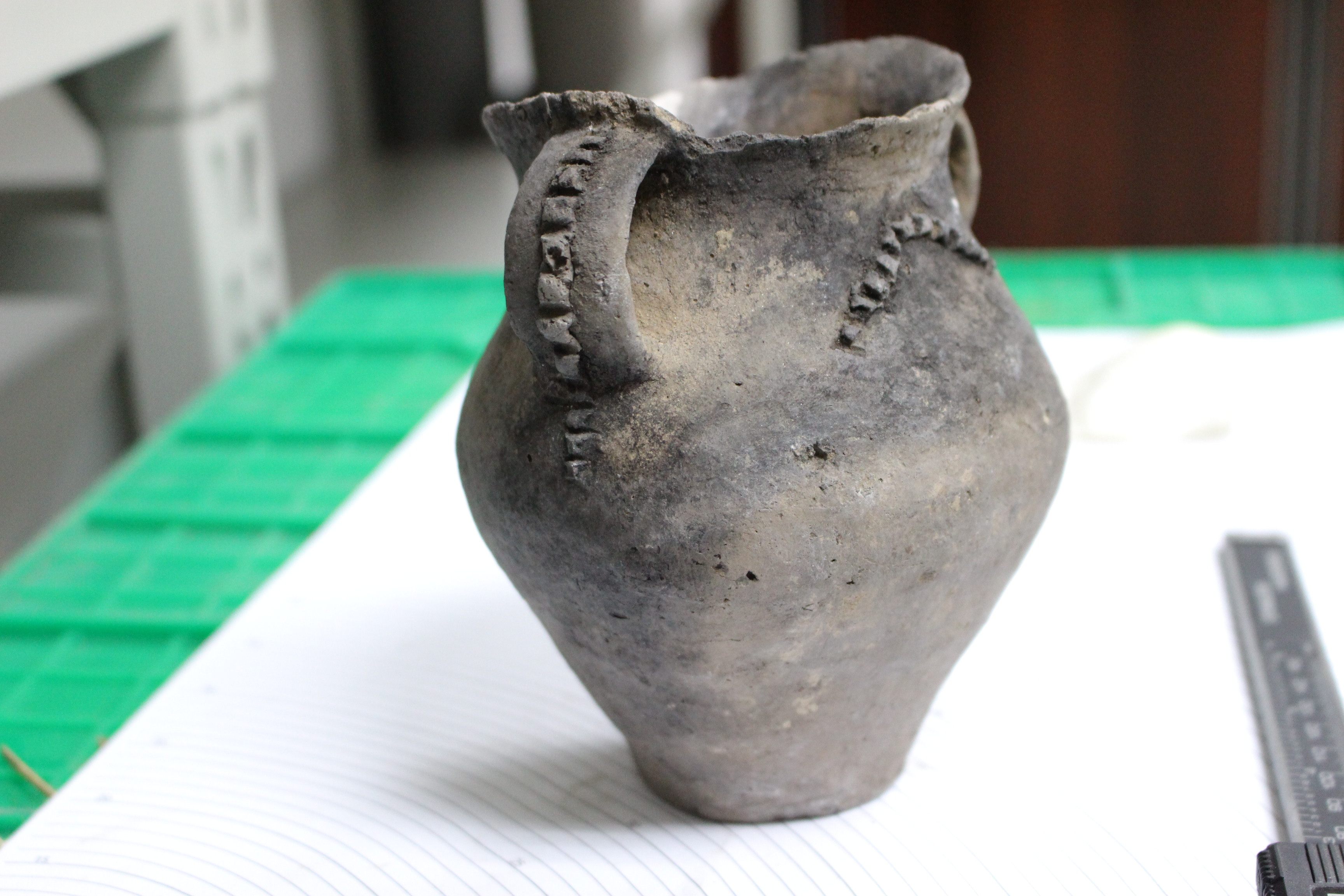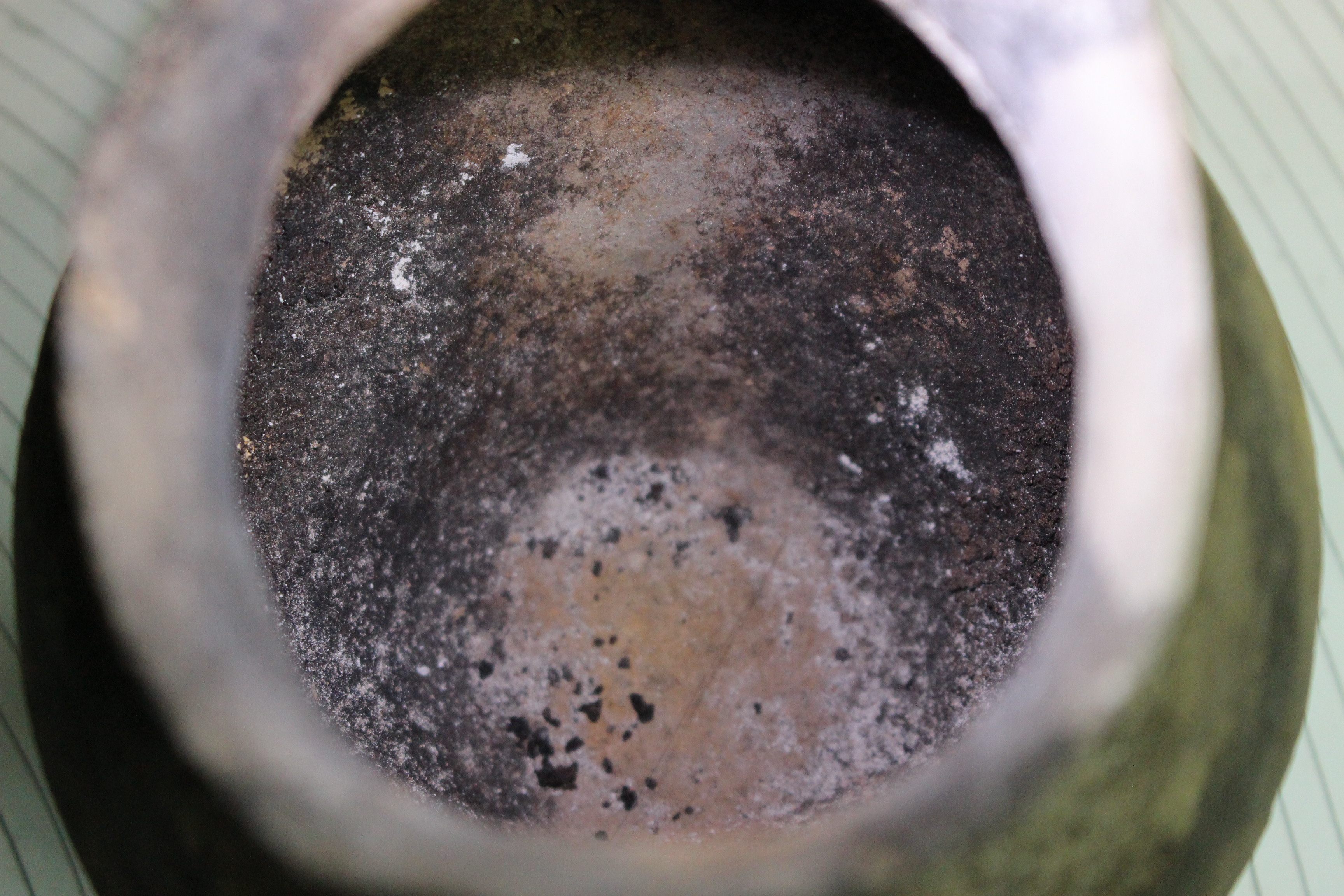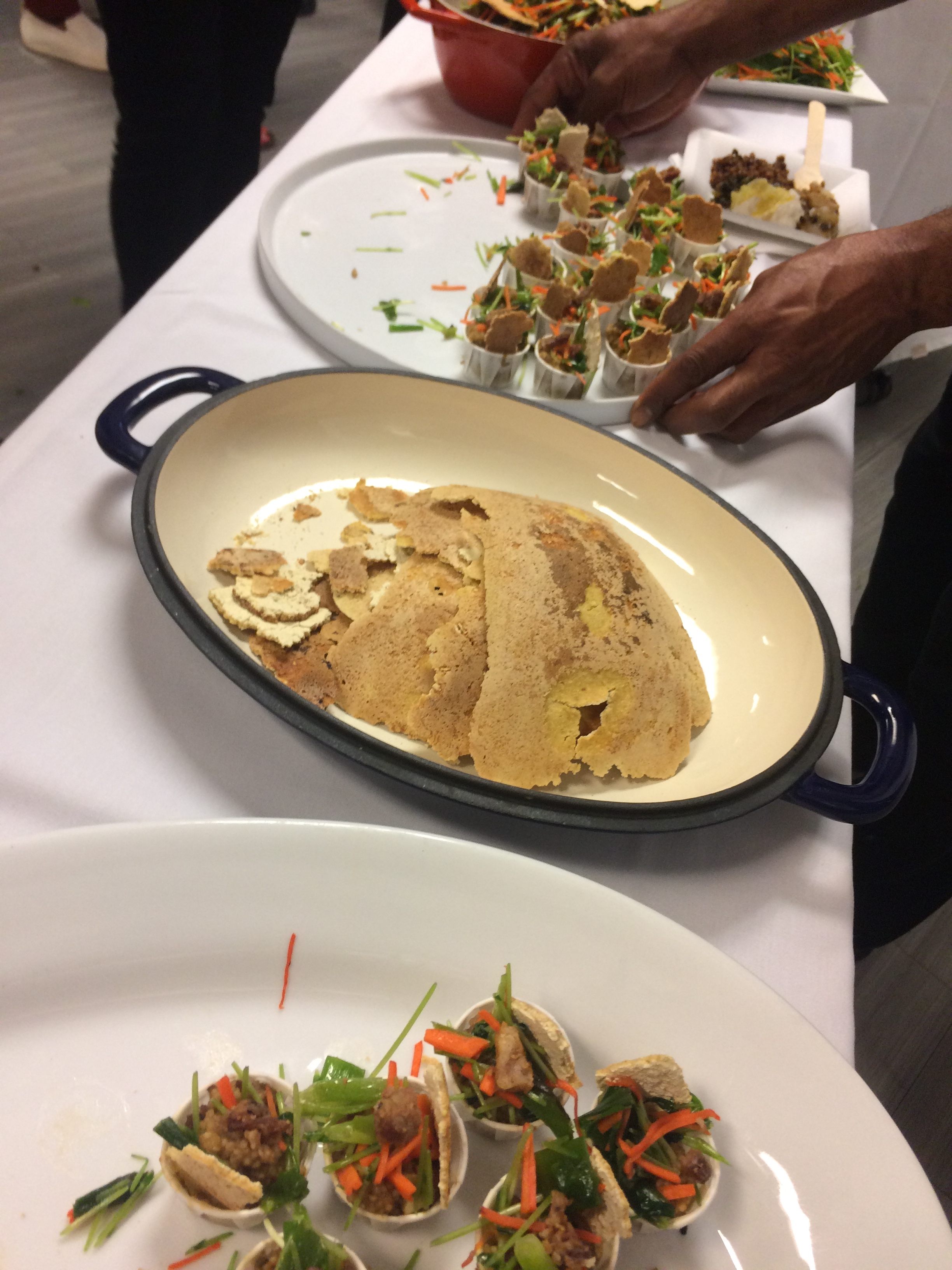How to Reconstruct an Ancient Meal From Dirty Dishes Alone
Archaeologists and chefs used chemical analysis—and their taste buds—to solve a culinary puzzle from China.

At a recent tasting in New York City, diners could sample food spanning continents and millennia. There was Babylonian lamb-and-beet stew, a jiggling almond-milk custard that riffed on medieval blancmage, and for dessert, honey-flavored mochi inspired by a book of vegetarian recipes dating to China’s Song Dynasty.
All the dishes were reconstructions—with greater or lesser fidelity—of ancient ones. The recipes, prepared as part of a scholarly symposium, “Appetite for the Past,” hosted by New York University’s Institute for the Study of the Ancient World, cobbled together molecular evidence, archaeological analysis, and culinary instinct. Among the diners were archaeologists, chefs, other researchers, and members of the public hungry for a taste of history.
Sometimes ancient recipes get committed to paper or a tablet—though they’re often still frustratingly vague—but in most cases the task of understanding what people in the past ate, and how they prepared and consumed it is an exercise in scientific inference and creativity. And, in many cases, it all starts with crud on a pot.

That’s what Yitzchak Jaffe had, but his evidence was puzzling. When Jaffe, an anthropological archaeologist specializing in ancient China, laid eyes on the residue and soot on an ancient ceramic cooking pot found in a Chinese cemetery, he was confused by what he saw.
Under close examination, ancient objects can become narrators, telling the stories of their use. But in the case of this vessel, excavated in 2013 in the Gansu Province, Jaffe couldn’t tell where the story was leading. It had been used for cooking, judging by the soot and oxidation (from exposure to heat), by members of the Siwa culture, who lived in the region between 1400 and 500 B.C. A typical pot placed on a flame would often have oxidation on the bottom and soot crawling up the sides, but in this case there was oxidation on opposite flanks, and a buildup of soot near the mouth. Inside, the bottom was free of carbonized crumbs—those were smeared, surprisingly, near the top. How, Jaffe wondered, did they use this pot, and what were they cooking in it?
To solve this millennia-old culinary puzzle, Jaffe joined forces with Karine Taché, an anthropologist at Queens College, of the City University of New York. Using a scalpel, Taché scraped off a sample of the residue for analysis. This was subjected to the daylong process of lipid extraction, which involves applying heat and organic solvents. Using gas chromatography and mass spectrometry, Taché separated out the organic material in the sample, which provided some hints about potential ingredients. She didn’t find any evidence of cholesterol, which would have suggested animal protein. Instead, the analysis pointed to plant ingredients, and one in particular. “I identified millet because it has a biomarker,” she says, “a molecule that is unique.”

It is no surprise that millet would be the foundation of the dish, Jaffe says, as the grain was a staple of the ancient Chinese diet. Next the researchers recruited Raymond Childs, a chef at the Institute for the Study of the Ancient World, to experiment with a few different ways of preparing it that might result in the unusual soot and oxidation pattern they observed.
They first thought about experimenting with standard modern cooking vessels, but “stainless steel pots didn’t yield anything close to what we were looking for,” Childs says. So they turned to a clay La Chamba pot, made in Colombia. It wasn’t a perfect match, but it was what they could get their hands on, Jaffe says. At least it was the right material.
At the beginning of the experiment, “I was making big millet cakes in my hand and dropping them into boiling water,” Childs says. “We didn’t know if it was going to create enough starch to leave any carbonization whatsoever.” The team experimented with recipe after recipe, with a variety of cooking styles. They landed on the idea that the vessel had been used to cook some kind of stew, and that it was probably simmered with the pot tipped on its side. Oriented that way, the cooking surface was more like a skillet than a stockpot.

There are still a number of unanswered questions. The team hasn’t excavated any hearth sites, so they don’t know just how the vessel was exposed to heat. Did the pot come from a domestic kitchen, or was it made and used for a single funerary feast? Did the food inside feed mourners, or was it meant for the afterlife? They also still don’t know what else was in the pot beside millet, since many other grains and vegetables don’t have easily detectable, unique biomarkers. Lipid analysis is a useful tool, but it’s not the only one. Microfossils, phytoliths (small silicon grains in plant matter), and DNA have all been used to identify ancient ingredients. “We should actually combine these lines of evidence,” Taché says. Microfossil analysis of the residue, with a specialist at the University of York, is coming next.
Even so, these questions may never be fully resolved. Getting to what Jaffe calls “a better guesstimate” would require lots of time and dozens, if not hundreds, of vessels for analysis of both scorch patterns and food residue. “As archaeologists,” Jaffe says, “we’re able to narrow down possibilities, as opposed to saying, ‘This is exactly the definitive way in which this vessel was used.’”

Meanwhile, Jaffe and his collaborators began to think about their contribution to the taste-test event. They found themselves a bit stumped. They didn’t have much else to go on beside millet, but that alone would be a bitter bite to swallow. So, Jaffe joked, “to take pity on people at the event,” they needed more flavors.
Jaffe’s team took some liberties and turned to ingredients known to have been available in the region at the time. Pig bones turned up in the cemetery where the pot was found, so they added some pork. Eggplant made the cut, too, since archaeobotanical research at a nearby site points to its relatives in the nightshade family. Childs spiced the dish with dashes of cumin, cloves, and star anise.

Picking these flavors obviously has a huge impact on the finished product. In this case, Childs was trying to make something palatable, even delicious, with ingredients that weren’t totally implausible. In other cases, researchers have used the limits of palatability as a guide. “Human palates have outer bounds,” says Pia Sörensen, of Harvard University, who worked on the Babylonian dishes. Even if recipes and preferences change over time, there’s a threshold at which a dish might be too much—too hot, too bitter, too sour. A boundary like that, says Sörensen, is “very comforting,” and at least helps show us what ancient people weren’t eating.
The resulting millet-pork stew was served in little paper cups and topped with a millet crisp, shredded carrot, and herbs. One taster gulped it back like a shot. Another chewed slowly, thought for a moment, and declared the result earthy and aromatic. Many did a lap around the room, tasting as they went, and then came back to Childs’ Siwa-inspired stew for seconds.
Gastro Obscura covers the world’s most wondrous food and drink.
Sign up for our regular newsletter.



























Follow us on Twitter to get the latest on the world's hidden wonders.
Like us on Facebook to get the latest on the world's hidden wonders.
Follow us on Twitter Like us on Facebook